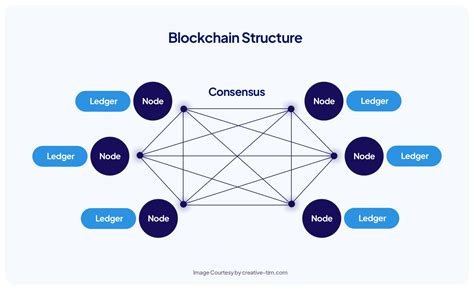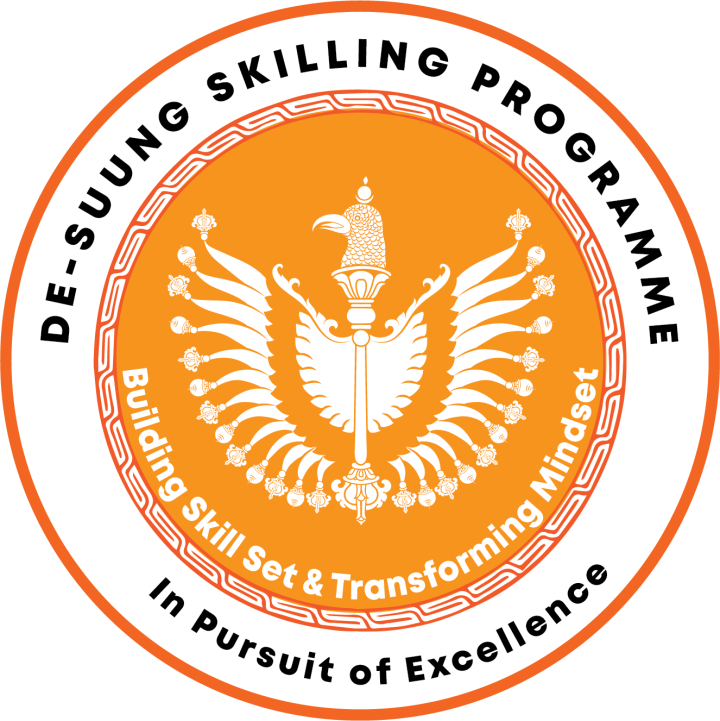Artificial Intelligence (AI) in Blockchain: Bridging the Gap Between Developers and Users
The integration of artificial intelligence (AI) in blockchain technology has been gaining momentum in recent years, revolutionizing the way developers build, deploy, and interact with blockchain-based applications. While AI is primarily associated with computer science disciplines such as machine learning, deep learning, and natural language processing, its application in blockchain has opened up new avenues for innovation and collaboration between developers and users.
The Benefits of AI in Blockchain
The potential of AI to bridge the gap between developers and users lies in its ability to improve the development process, enhance efficiency, and increase adoption. Here are some of the key benefits:
- Improved Development Speed: AI can automate tasks such as data analysis, predictive maintenance, and automated testing, significantly reducing the time required for development.
- Improved user experience: AI-powered chatbots and virtual assistants can provide users with personalized support, guidance, and feedback on their blockchain-based applications.
- Increased adoption: By providing a more intuitive and user-friendly interface, AI can help increase the adoption of blockchain technology among new users.
AI in blockchain development
Integrating AI into blockchain development involves several techniques, including:
- Blockchain analytics: Using machine learning algorithms to analyze blockchain data, identify patterns, and predict future trends.
- Predictive modeling: Developing predictive models to forecast market trends, user behavior, and system performance.
- Automated testing: Using AI-powered testing tools to automate test cases, ensuring the reliability and security of blockchain applications.
AI in Blockchain Governance

As blockchain technology continues to evolve, it is essential for developers to collaborate with users and governments to ensure that the platform is governed effectively and efficiently. Some potential areas where AI can be applied include:
- Decentralized Autonomous Organizations (DAOs): AI can help automate governance processes for DAOs, such as voting procedures, token distribution, and decision-making.
- Consensus Mechanisms: AI-powered consensus mechanisms, such as proof-of-stake (PoS) or delegated proof-of-stake (DPoS), can streamline the validation process for decentralized networks.
Challenges and Limitations
While AI has the potential to bridge the gap between developers and users in blockchain technology, there are several challenges and limitations that need to be addressed:
- Lack of standardization: Different blockchain platforms and ecosystems have different standards for AI development, making it difficult to share knowledge and best practices.
- Data quality: Poor data quality can hamper the effectiveness of AI, particularly when working with non-standardized or incomplete data sets.
- Regulatory uncertainty: The regulatory landscape is still evolving, leading to uncertainty around the application of AI in blockchain governance.
Conclusion
Integrating AI into blockchain technology has the potential to revolutionize the way developers build and interact with blockchain-based applications. By bridging the gap between developers and users, AI can improve development speed, user experience, and adoption. However, it is essential to address the challenges and limitations associated with this technology to ensure its effective adoption across various industries.
Recommendations
To promote AI adoption on blockchain, we recommend:
- Collaboration between developers and users: Foster open communication channels for developers and users to share knowledge, best practices, and experiences.
2.

